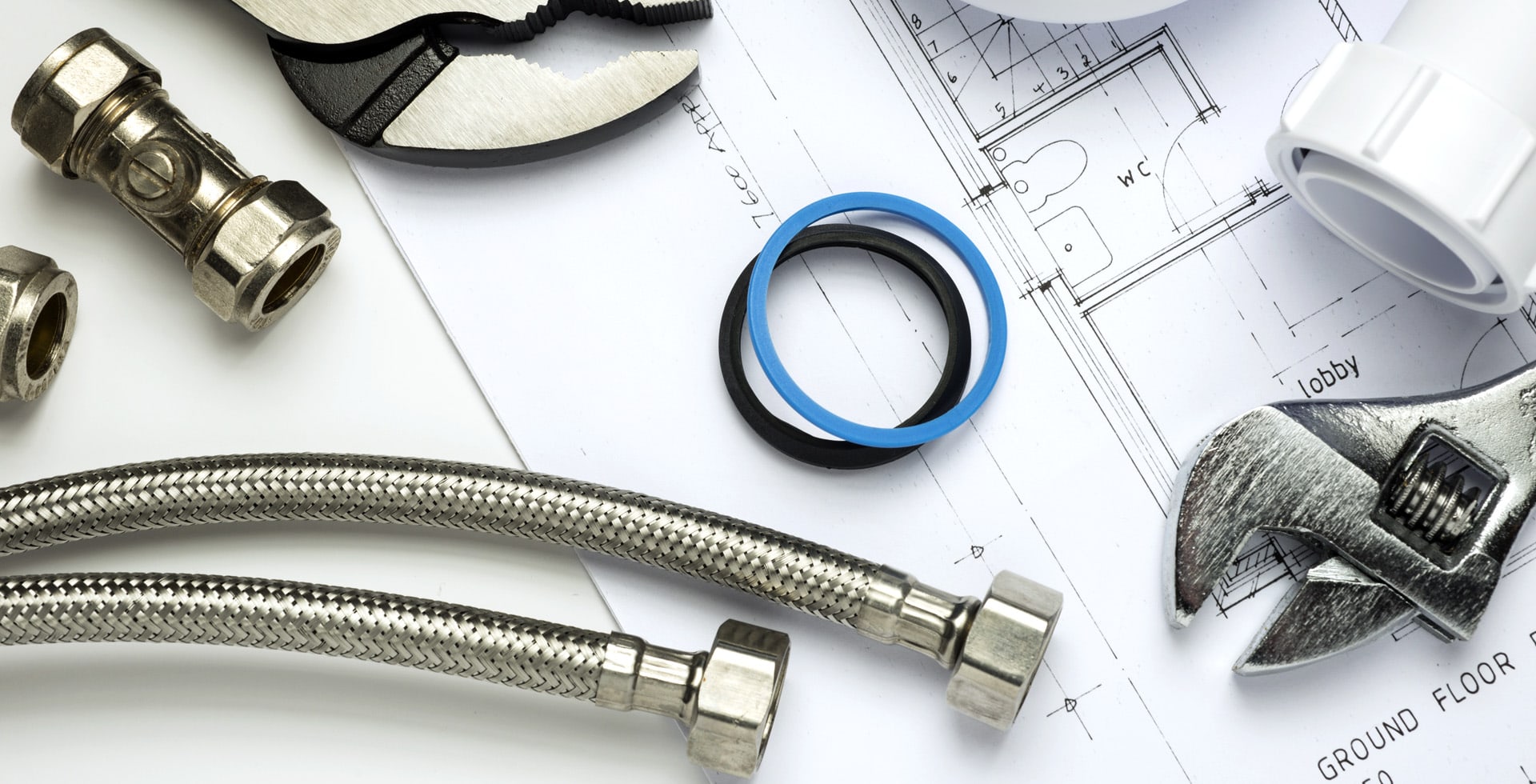“`html
Flat Roof Maintenance: What Makes It Different
Flat roofs, known for their sleek aesthetic and modern appeal, require distinct maintenance practices compared to traditional sloped roofs. Understanding these differences is vital for homeowners and property managers to ensure longevity and prevent costly repairs. This article outlines the unique aspects of flat roof maintenance, providing essential tips for property upkeep.
Understanding Flat Roof Structures
Flat roofs are characterized by their minimal slope, which allows for efficient use of space. However, this design also poses unique challenges:
- Water Drainage: The lack of a steep slope can lead to water pooling, increasing wear and tear.
- Temperature Effects: Flat roofs are more susceptible to temperature fluctuations, which can damage materials over time.
- Exposure to Debris: Flat roofs often collect debris, increasing the risk of damage and leaks.
Unique Maintenance Challenges
Due to their structure, flat roofs present several maintenance challenges that require special attention:
- Ponding Water: Flat roofs often experience water accumulation. Regular inspections are necessary to check for ponding, as stagnant water can lead to leaks and structural damage.
- Thermal Expansion: The materials used in flat roofs can expand and contract with temperature changes, leading to cracks and seams failure. Regular checks are needed to identify and address these issues early on.
- Membrane Integrity: Flat roofs typically use a membrane system, which can deteriorate due to sun exposure and harsh weather conditions. Routine evaluations can prolong the lifespan of the roof.
Essential Maintenance Tips for Flat Roofs
To maintain a flat roof effectively, consider the following maintenance practices:
- Regular Inspections: Schedule at least two inspections a year—one in the spring and one in the fall. Inspect for damage, debris accumulation, and any signs of water pooling.
- Cleansing the Surface: Remove debris, leaves, and dirt regularly. A clean surface prevents water retention and allows for proper drainage.
- Checking Seams and Flashing: Inspect seams and flashing for damage, as these areas are prone to leaks. Reseal any areas showing signs of wear.
- Gutters and Drainage Systems: Ensure that gutters and drainage systems are clear of blockages. Clogged gutters can contribute to water pooling on the roof.
- Monitoring for Ponding: Analyze areas where water tends to pool, and address the underlying causes, such as improper drainage or sloping issues.
- Professional Inspections: Engage with roofing experts periodically for thorough inspections, especially after severe weather events.
Choosing the Right Materials
When it comes to flat roofs, selecting quality materials can influence maintenance requirements. Some common flat roofing materials include:
- Built-Up Roofing (BUR): Composed of multiple layers of asphalt or tar, BUR roofs are durable but require regular vigilance to maintain the integrity of their layers.
- Modified Bitumen: This is a single-ply sheet that is easy to install and maintain. Ensure that joints and seams are routinely checked.
- EPDM (Ethylene Propylene Diene Monomer): A rubber-based roofing membrane, EPDM is highly durable but still needs regular checks for tears and damage.
- TPO (Thermoplastic Olefin): Known for its reflective properties, TPO roofs require less maintenance but are susceptible to punctures and UV damage.
Seasonal Maintenance Considerations
Flat roof maintenance should adapt to seasonal changes. Here are some guidelines:
- Spring: After winter, inspect for damage from snow and ice. Clear any debris accumulated over the winter months.
- Summer: Check for UV damage and ensure that the roof surface is protected. Prioritize sealant checks and repair any cracks.
- Fall: Inspect after autumn leaves have fallen to clear drainage systems and prevent water pooling. Prepare the roof for winter by checking insulation and sealing joints.
- Winter: Monitor for ice damming and ensure proper drainage to prevent water build-up, which can lead to leaks or structural issues.
Signs That You Need Professional Help
While regular maintenance is essential, certain signs indicate when it may be time to call a professional:
- Visible signs of water damage inside the building, such as leaks or discolorations on ceilings.
- Damaged or missing roofing materials that may compromise the roof’s integrity.
- Frequent ponding in specific areas, indicating a need for drainage corrections.
- Visible cracks or bulges in the roofing membrane.
Conclusion
Flat roof maintenance is distinct and requires specialized attention to prolong the lifespan of the roofing system. By understanding the unique challenges, implementing effective maintenance practices, and recognizing signs that necessitate professional intervention, property owners can protect their investments efficiently. Consistent care and proactive measures can mitigate potential issues, ensuring that flat roofs remain functional and aesthetically pleasing.
“`

